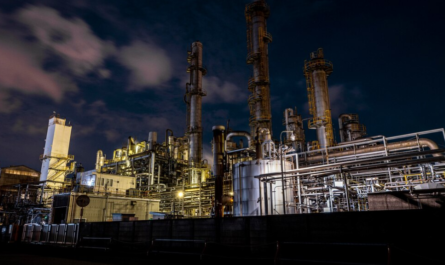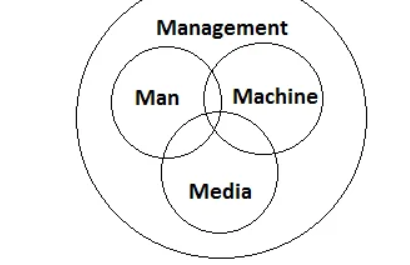
Vent Pipe
•While filling tank, air has to come out.
•A vent pipe at top is required for this purpose.
•It is also useful to depressurize the vessel before opening it.
•Its diameter should be sufficient for easy escape of the air.
•Vent pipe may have a bend or roof to prevent outside thing (rain, bird etc.) going inside.
•Vent pipe should have wire mesh, flame arrester or breather valve if any flammable content is in the tank.
•They should be kept clean to avoid choking.
•Normally flame arrester is suggested when the flash point of the content is below 23 degree C.
•When explosive air mixture with vapor pressure is inside the tank, breather valve and flame arrester both are required.
•Flame arrester will disallow any spark to enter inside.
•The breather valve will inhale air when inside pressure will drop (due to vapor cooling) and exhale vapor when inside pressure will exceed the set pressure (due to pressure rising).
•Thus breather valve prevents continuous vapor discharge (evaporation) and loss of the content.
•Vent with breather valve or safety valve is required when the boiling point of the content is below atmospheric temperature.
•When the content is flammbale, nitrogen blankentng is necessary otherwise inhalation of the breather valve will take air inside which may form explosive air mixture.
•To avoid such situation, large diameter tank has a floating roof just floating on the surface of the liquid (flammable), thus disallowing any air gap.
•If the gas or vapor is toxic or corrosive, vent is connected with an appropriate scrubber, flare or incinerator.
•If the flammable material is to be filled in the tank an inert gas purging is required before filling the material and inert gas blanketing after filling the material.
•Where there is a possibility of vent choking due to sublimation of polymerization of the content inside, instead of vent pipe, safety valve or other device is necessary.
•Where vacuum is required in the vessel, vent pipe is connected with vacuum pump, ejector or ventury system to provide suction.
•In transferring pressurized gases like chlorine, ammonia, LPG, open vent is not possible and it is connected as return line in a closed circuit and the vent valve is closed after filling up the tank.
Overflow Pipes
•For overfilling safety a safe overflow is required.
•Its diameter should be slightly more than the inlet pipe diameter so the over flow will be maintained if inlet flow is continued.
•If the diameter of overflow pipe is smaller than that of inlet pipe, continuing overflow may reach up to the top and damage the tank if the pressure is excessive.



